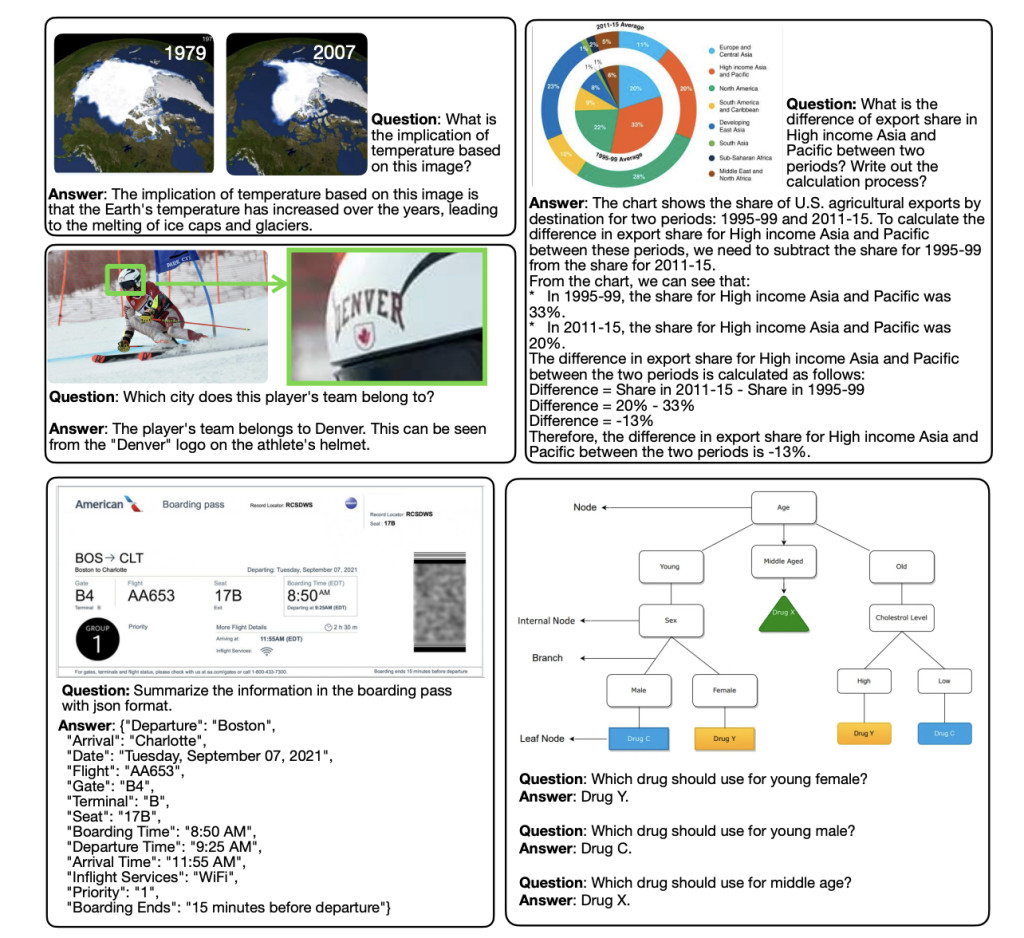

Visual language models (VLMs) have come a long way in integrating visual and textual data. Yet, they come with significant challenges. Many of today’s VLMs demand substantial resources for training, fine-tuning, and deployment. For instance, training a 7-billion-parameter model can take over 400 GPU days, which makes it inaccessible to many researchers. Fine-tuning is equally demanding, often requiring over 64GB of GPU memory, far exceeding what consumer hardware can handle. Deploying these models in environments with limited computational resources, such as edge devices or robotics, is another hurdle. These limitations highlight the urgent need for VLMs that are not only powerful but also efficient and scalable.
To tackle these challenges, NVIDIA has introduced NVILA, a family of open VLMs designed with efficiency and accuracy in mind. Building on the VILA model, NVILA adopts a “scale-then-compress†approach. This method increases spatial and temporal resolutions to preserve details in visual inputs and then compresses them into fewer, denser tokens. This combination allows NVILA to handle high-resolution images and long video sequences effectively.
NVILA’s design optimizes every stage of the model lifecycle. It reduces training costs by 4.5×, cuts fine-tuning memory requirements by 3.4×, and improves inference speeds by 1.6 to 2.8× compared to other VLMs. Importantly, these gains do not come at the expense of accuracy. NVILA performs on par with or better than many benchmarks, excelling in visual question answering, video understanding, and document processing tasks. NVIDIA also plans to release NVILA’s code and models, fostering greater accessibility and reproducibility.


Technical Details
At the heart of NVILA’s efficiency is its “scale-then-compress†strategy. Spatial scaling increases image resolutions to dimensions like 896×896 pixels, compared to the usual 448×448. To mitigate the computational cost of scaling, NVILA uses token compression to retain essential information while reducing the number of tokens. For video inputs, the model processes more frames by applying temporal compression, balancing accuracy and computational efficiency.
NVILA incorporates further innovations to streamline training and fine-tuning. Techniques like FP8 mixed precision and dataset pruning accelerate training and lower memory usage. Adaptive learning rates and parameter-efficient fine-tuning ensure the model can handle domain-specific tasks without excessive resource demands. During deployment, NVILA uses advanced quantization—W8A8 for the vision tower and W4A16 for language components—to speed up inference while maintaining performance.
Performance Highlights
NVILA’s value lies in making advanced VLMs more accessible while addressing the need for efficient AI systems. Some key metrics include:
- Training Efficiency: NVILA reduces GPU training time by 4.5× compared to leading models, making it more viable for institutions with limited resources.
- Fine-Tuning Memory Usage: Memory requirements drop by 3.4×, allowing fine-tuning on standard hardware.
- Inference Performance: Decoding latency improves by up to 2.8×, supporting real-time applications.
- Benchmark Results: NVILA achieves up to 30% better accuracy on tasks like DocVQA and TextVQA. Its long-context capabilities outperform proprietary models like GPT-4o and Gemini 1.5.
NVILA’s potential spans diverse fields, including robotics and healthcare. For example, its temporal localization capabilities make it ideal for robotic navigation, while its NVILA-M3 framework integrates expert models to improve diagnostic accuracy in medical imaging.

Conclusion
NVILA represents a meaningful step forward in the development of visual language models. By rethinking architecture and optimizing the entire lifecycle, NVIDIA has created a model that balances efficiency and accuracy. NVILA addresses the limitations of traditional VLMs and expands their applicability to resource-constrained and specialized environments. With NVIDIA’s commitment to open access, NVILA is set to inspire further research and innovation in AI.
Check out the Paper and GitHub Page. All credit for this research goes to the researchers of this project. Also, don’t forget to follow us on Twitter and join our Telegram Channel and LinkedIn Group. If you like our work, you will love our newsletter.. Don’t Forget to join our 60k+ ML SubReddit.
 [Must Attend Webinar]: ‘Transform proofs-of-concept into production-ready AI applications and agents’ (Promoted)
[Must Attend Webinar]: ‘Transform proofs-of-concept into production-ready AI applications and agents’ (Promoted)
The post NVIDIA AI Introduces NVILA: A Family of Open Visual Language Models VLMs Designed to Optimize both Efficiency and Accuracy appeared first on MarkTechPost.
Source: Read MoreÂ



